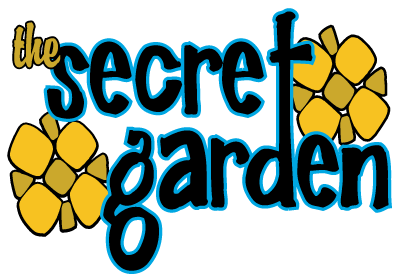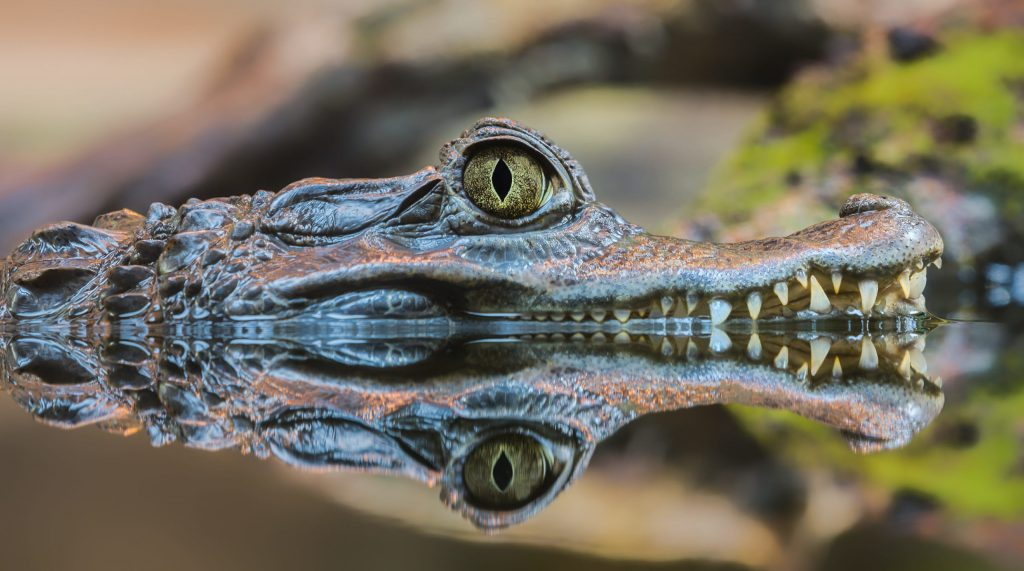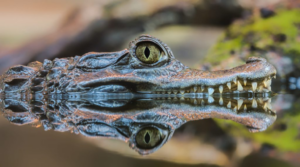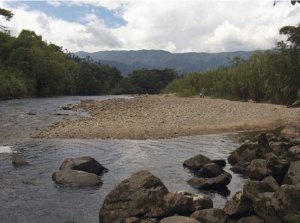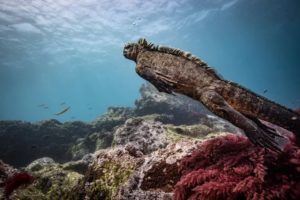Unveiling the Mysteries of Limoncocha Lagoon
The Limoncocha Biological Reserve boasts a fascinating tale, intricately woven into the fabric of the Amazon basin. This enchanting destination is a result of the dynamic relationship between the Napo River and the surrounding landscape, a phenomenon common in the region. As the rains generously drench the area, rivers, especially those of moderate size, overflow and transform flat lands into sprawling waterways. Limoncocha Lagoon, born from the receding waters of the Napo River, stands as a testament to this recurring natural spectacle.
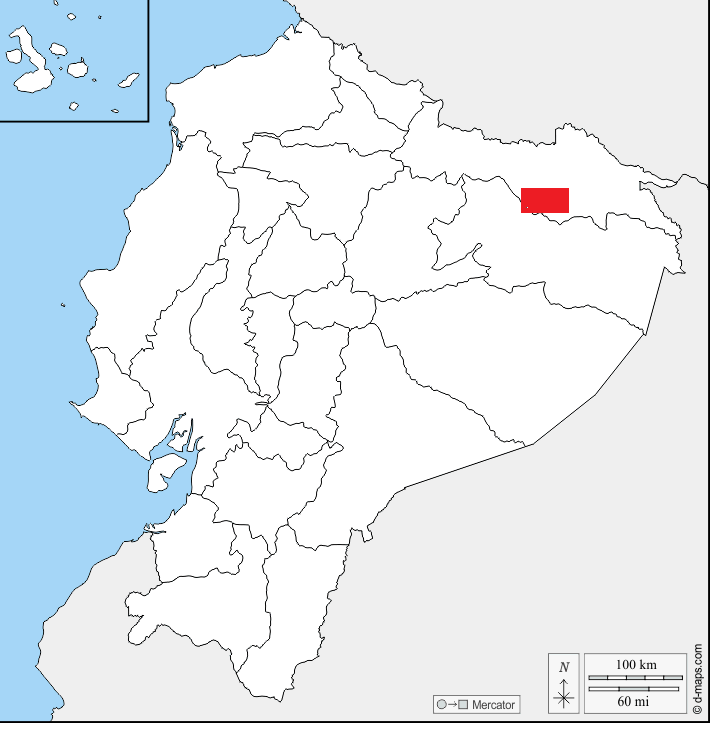
A Unique Oasis: Limoncocha Lagoon and Yanacocha
Unlike other Amazonian lagoons, Limoncocha remains verdant even during the dry season. Notably, the reserve, primarily safeguarding Limoncocha Lagoon and its smaller counterpart, Yanacocha, along with the adjacent wetlands, marshlands, and rainforests, serves as a haven for diverse flora and fauna. The lush banks and swampy regions of Limoncocha host a distinctive ecosystem, thriving in the perpetual dance between water and forest. With an average temperature of 24.9º Celsius, this ecosystem supports a rich array of species, especially waterfowl, leading to its prestigious designation as a Ramsar site — an international recognition for wetlands of great importance.
Biodiversity Unveiled: A Tapestry of Life
Studies conducted within the reserve have unveiled a tapestry of three interconnected ecosystems: aquatic habitats along the rivers and lagoons, flooded wetlands surrounding the lagoons, and the pristine mainland rainforest in the remote corners of the reserve. These ecosystems collectively house an astounding diversity of life, with inventories revealing 144 bird species, 55 mammal species, 39 reptile species, 53 amphibian species, and 93 fish species.
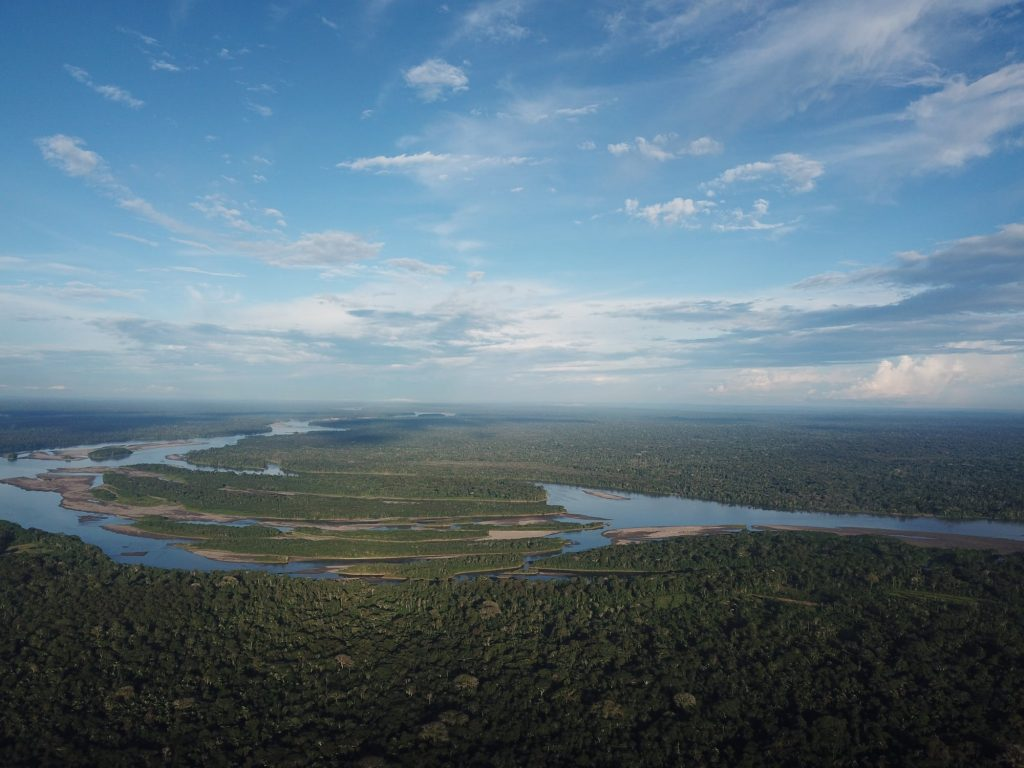
The Enigmatic Morete Palm and its Inhabitants
In the swampy southern regions of the reserve, the morete palm, or moriche, stands as a distinctive feature. This species, prevalent in the Amazon basin, plays a crucial role in the reserve’s ecosystem. During the palm’s fruiting season, a bustling congregation of parrots, macaws, and monkeys gathers to feast on the abundance of food. Moreover, herons, including several noteworthy species, and the unique hoatzin or stinking guan, add a splash of vibrant colours to the landscape. The hoatzin’s habitat centres around the banks, where its favoured food, the “manzanilla” or “chirimoya de agua” (water custard apple), thrives. Additionally, beneath the water’s surface, black caimans, spectacled caimans, river croakers, bocachicos, and tucunaris contribute to the ecological harmony.

Beyond the Lagoons: A Verdant Tapestry of Trees and Indigenous Culture
Venturing away from the lagoons, unflooded lands reveal towering trees like ceibos and cedars, creating a verdant tapestry. Additionally, palm trees such as tagua, chambira, and pambil, integral to the Kichwa Indians’ way of life, flourish in this region. These trees serve not only as a source of sustenance but also as building materials for the indigenous communities. The Kichwa people, residing along the Napo River’s fertile banks, have a historical connection with the land and its agricultural potential.
In the buffer zone of the reserve, the community of Limoncocha offers lodging facilities in rustic cabins, providing visitors with an authentic experience of the Amazon’s cultural and natural wonders. Moreover, the reserve’s two lagoons, Limoncocha and Yanacocha, derive their names from the Amazonian Kichwa language, symbolising the water’s hues—Limoncocha translating to “green waters” and Yanacocha to “black waters”.
Embrace the Limoncocha Experience
In conclusion, the Limoncocha Biological Reserve stands as a testament to the intricate dance of nature, where water and forest intertwine to create a sanctuary of unparalleled biodiversity. Whether exploring the vibrant lagoons, witnessing the thriving ecosystems, or immersing oneself in the cultural tapestry of the Kichwa people, Limoncocha promises an unforgettable journey into the heart of the Amazon.
